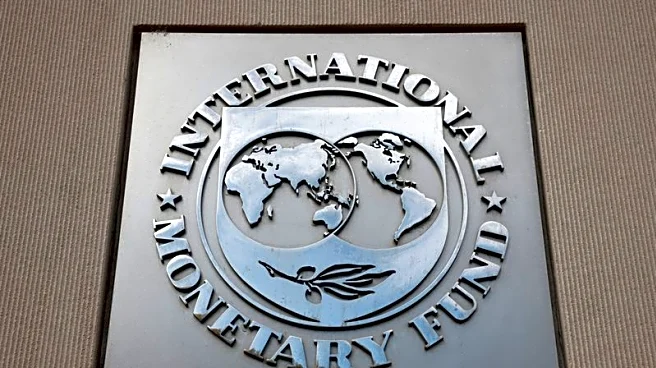What's Happening?
Costa Rica's hotel industry is experiencing fluctuating performance trends, with high-end resorts outperforming other segments. This growth is influenced by a shift in traveler demographics, particularly an increase in American tourists. While the total number of inbound international travelers remains below 2019 levels, the rise in U.S. visitors has led to robust performance in luxury accommodations. Conversely, there has been a decrease in travelers from other Central American countries, impacting mid-range and budget hotels. The reliance on American tourists makes Costa Rica vulnerable to fluctuations in U.S. travel demand, though there is potential for growth from European and Canadian markets.
Why It's Important?
The increased reliance on American tourists highlights Costa Rica's vulnerability to changes in U.S. travel demand. This dependency could lead to economic challenges if American travel decreases. However, the potential growth from European and Canadian markets offers a buffer against such fluctuations. The focus on high-end resorts aligns with global trends where luxury hotels outperform lower-end counterparts, indicating a shift in consumer preferences towards premium experiences. This trend could influence future investments in the hospitality sector, impacting local economies and employment.
What's Next?
Costa Rica's hotel industry must adapt to changing traveler demographics and economic conditions to sustain growth. Diversifying its tourist base by attracting visitors from Europe and Canada could bolster the sector against potential downturns in American travel demand. The industry may need to innovate and enhance its offerings to remain competitive in the global market. Monitoring international travel patterns and adjusting marketing strategies will be crucial for maintaining occupancy rates and revenue.












